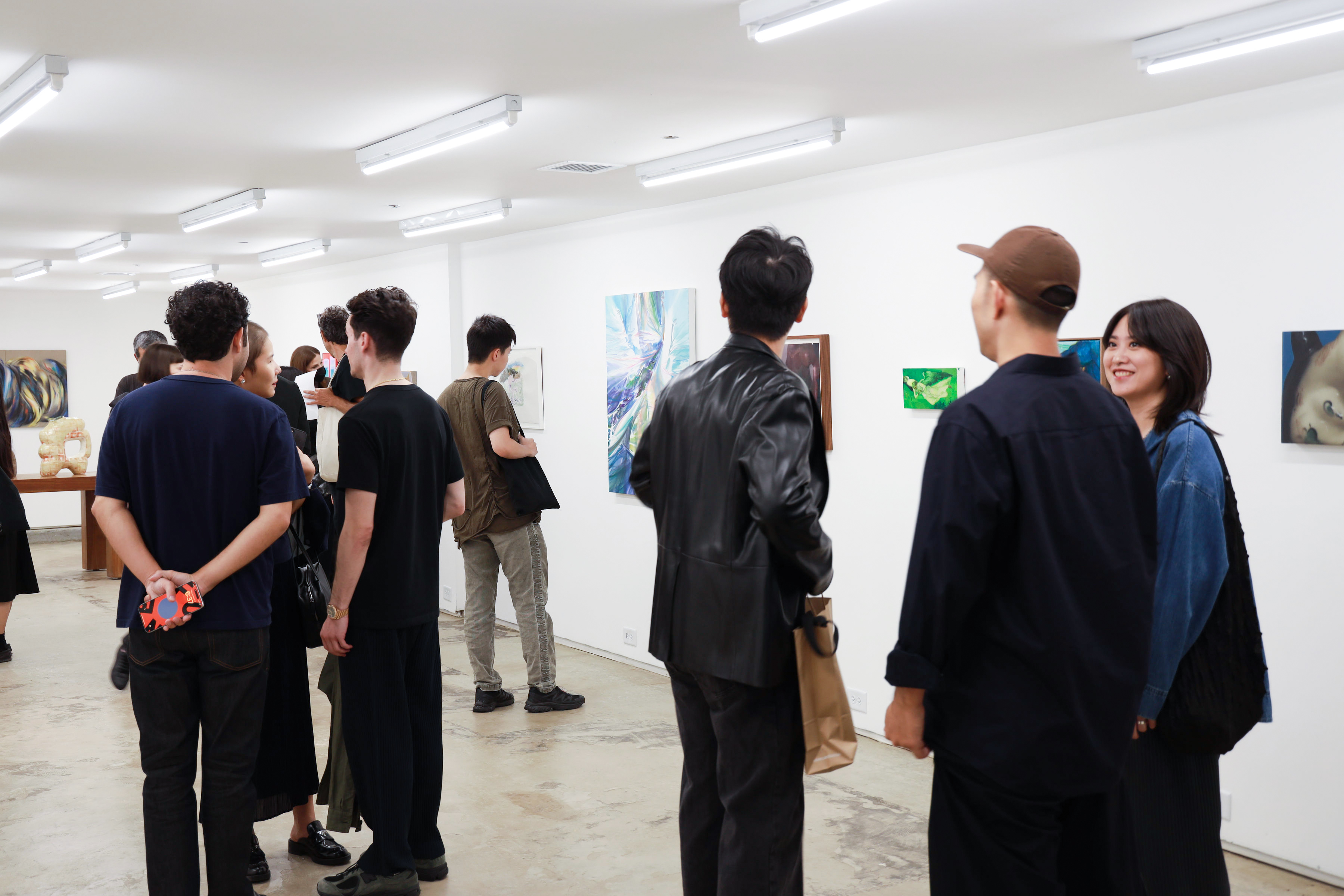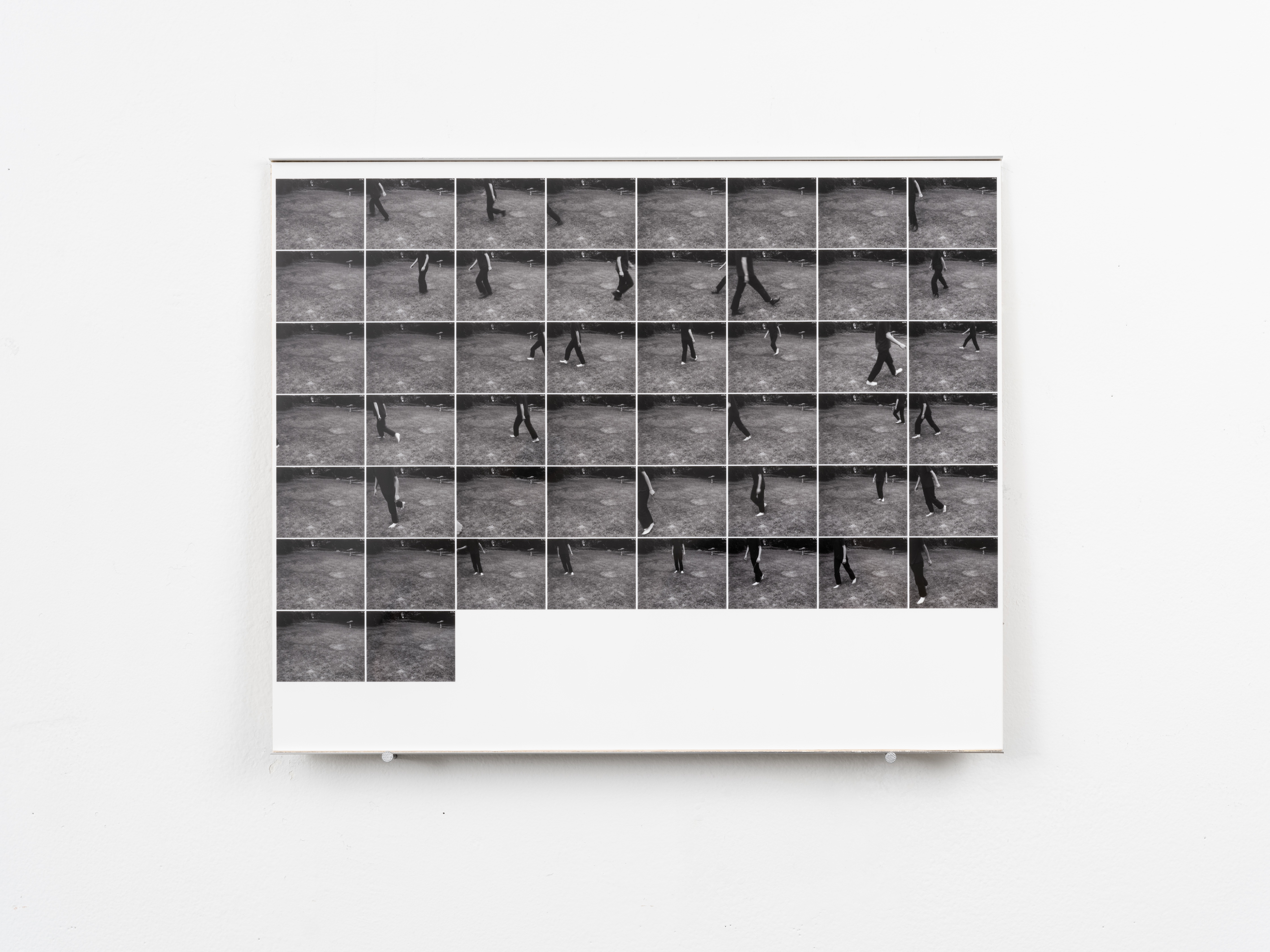
India Sambuy, a New York-based graphic designer, specialises, although not exclusively, in spiritual health and wellbeing businesses. Using methods such as yoga, which literally translates to ‘union’, these companies are spaces where people can combat the stress of city life by meditatively bridging body and soul. In her work, India helps brands express the practices of spiritual union they offer to guide. She designs brand books, comprised of a set of colours, fonts, and styles which go on to represent the brand’s ethos in visual form. It would be easy to treat the industry with cynicism, but one of the first things India and I speak about is her dislike of the term ‘health and wellbeing’. It is her creative niche, but she is keen to foreground holistic, organic, and ancient spiritual practices over constantly changing Instagram trends.
In her work for Yogaplant, an online platform, community, and resource for yoga teachers, India knew that she saw the brand with warm, earthy tones, orange and red colours, and a circular motif. However, these ideas came to life after a family member introduced her to Tantric art. Tantra is the ancient root of the practice of Hatha yoga, and it commonly uses earthy tones and circles to portray, in abstract form, cosmic powers and deities. After doing some research, looking particularly at the colours tantric artists used, India decided that it fit perfectly into her vision for Yogaplant. The discovery was ‘insane’, she says: the motifs ‘in my head are exactly the same as they were thousands of years ago’. With striking similarities to twentieth-century abstract, Bauhaus, and minimalist art, ‘rarely’, writes the Paris Review, ‘have the ancient and the modern come together so fluidly’. Tantra is an ‘egoless practice’ that refuses to apply direct meaning to its symbols, and for India, her art, like tantra, is ‘an expression or feeling’. Not overly contrived, the symbols she puts on the page are spiritually and emotionally grounded.
Yoga and Tantra are both ancient practices still in use today, forming a spiritual cohesion between the deep past and the present. However, India works mainly digitally, and with the advent of AI threatening to take over the human role in creative industries, she is beginning to explore processes that link to the roots of art and design. India has worked with meditation platform Benshen since the beginning of her career, and as part of their re-branding project, she has recently redesigned the cover artwork for their podcast. In a movement back to the material roots of design, the image features handwriting, providing a uniquely human touch. In contrast, AI compiles images gleaned from the internet into something with a ‘very specific aesthetic’. It lacks the flexibility, or flow, of a hand on paper. This flow is not merely momentary—it gives the impression of ongoing conversation. AI has often been described as being to the Internet what print was to manuscript culture. The ‘material quality’ of handwritten text links India’s design to the highly collaborative and conversational nature of manuscripts, which would have been altered by the author, scribes, reproducers, and even readers. Marginalia left by one reader, for example, could be read by the next, changing their perception of the text. This culture of collaboration is one that India replicates in her client interactions and is one of the reasons she is unworried about AI. Of the handwritten font, she says: ‘the client chose it. I wasn’t sure, but it was one of the things they liked more than all the other projects I’ve done for them’.

India plans on working more with pen and paper, rather than on her computer. Her movement towards drawing and writing comes partly from the use of the same technique in the 1990s by David Carson, of Ray Gun magazine. In sharp contrast to India’s clean lines and grounded techniques, the chaotic, rule-breaking rock-and-roll magazine seems like a strange influence. However, India has always loved magazine culture, and draws on it as inspiration in her work on a fictional collaboration between Tekla and Vans. The campaign book comprises images of surfers and waves, exhilaratingly laid over one another in an artistic representation of the chaos of the sea. Uncharacteristic of the majority of India’s work, the collaging technique she uses is part of a conscious effort to embrace Ray Gun’s eclectic style. However, amongst the chaos is also cohesion: as the sea is a connective force between continents, the design pulls together the unique images of the two brands in a seamless mixing of currents.

Most recently, India designed the brand image for Ayla Pilates, a startup bringing a New York-style studio to Rome, in India’s home country. The branding expanded from the initial idea of a dotted font, which grew to form the central motif for the whole brand. Like a mandala, the idea spreads fluidly and mindfully from a single point into a connected whole. This image manifests itself in India’s plans to expand into art direction, which would see her organising the graphic design, photography, writing, and other creative elements that contribute to a brand’s creation. Each sector interacts with the other and with the artworks and practices of history, forming a web that connects people with businesses, themselves, and their roots. It is the material, conversational quality of India’s design that works so well. She says: ‘I think people want to work with people’.
--------------------------






